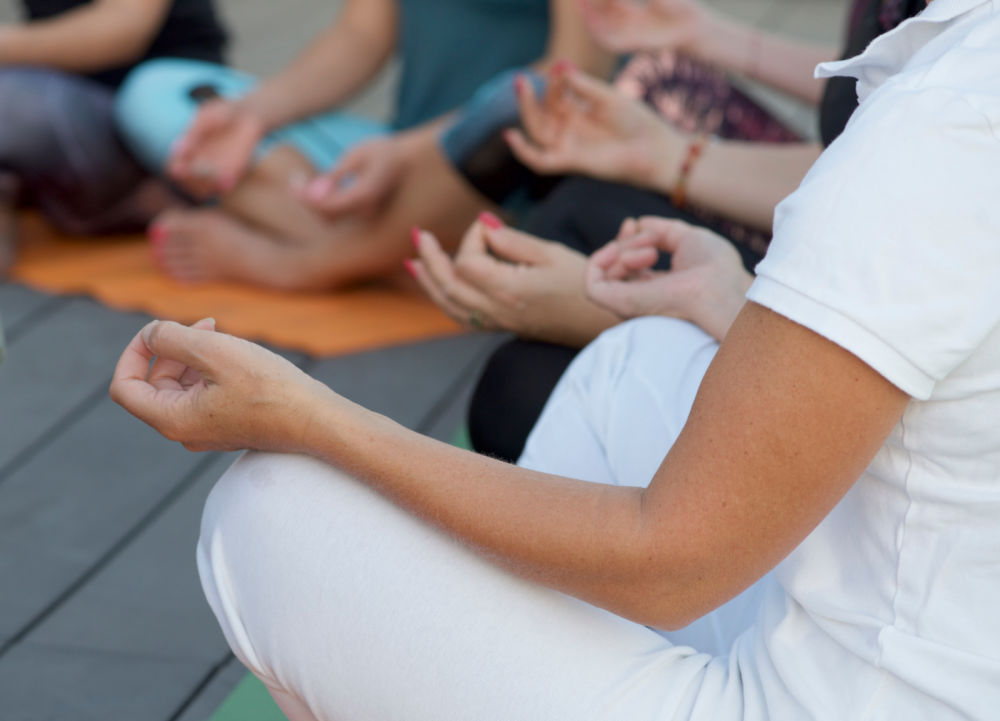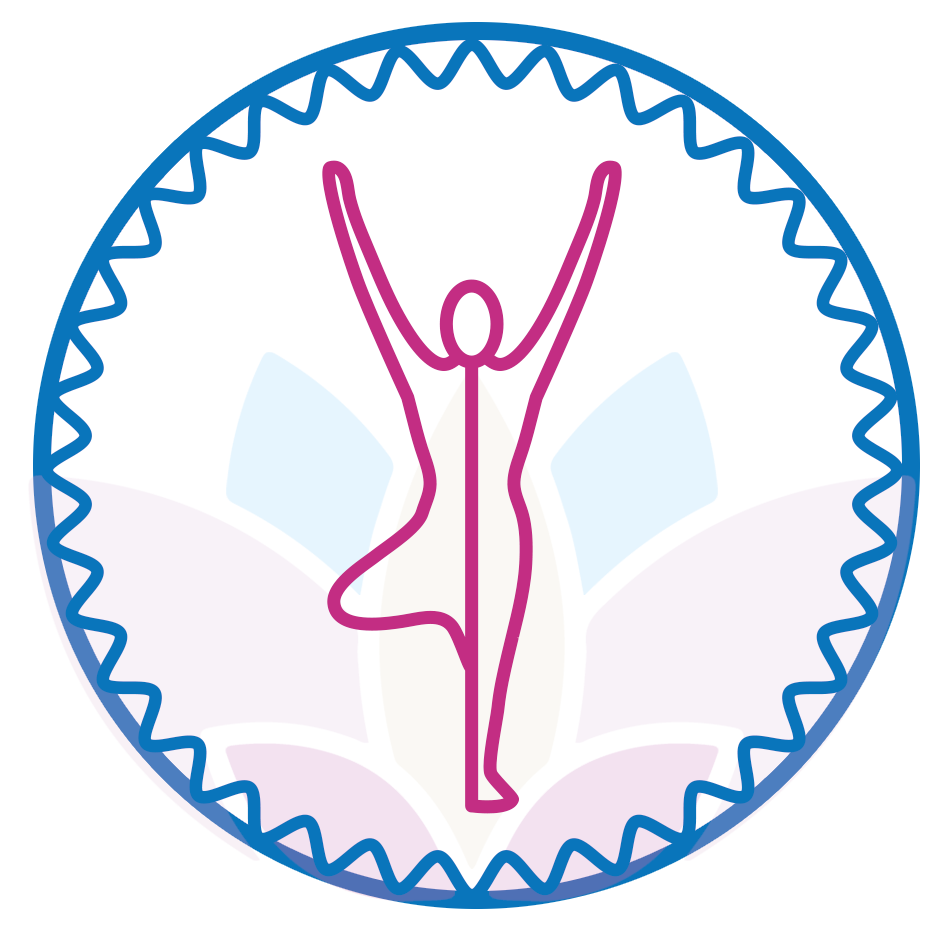
What is a Mudra and Why You Should Care?
Has your yoga teacher ever asked you to put your thumb tip against your index finger and rest that on the lap either facing up or down? He or she may have even told you that you were practicing Gyana or Chin Mudra, also known as the Knowledge Mudra. But what exactly is a Mudra and how does it affect your body, your breath, your mind, your emotions, and your energy? A Mudra is defined in the following ways—it is a gesture or a seal usually involving the hands (but not always) that directs breath and awareness to certain parts of your body, changes your breath, and draws in unique energy to your thoughts and feelings. Some of my teachers have described Mudras as radio antennas that tune you into a certain radio station that amplifies what you are trying to accomplish in your healing yoga practice, or in some cases decreases some element that is out of balance.
As a former high school science teacher, I remember so many times my students asking me “so why are you teaching this and why should I care?” This kind of question continues to be important to me!

Scientific Understanding of Mudras
In the 12-week Art and Science of Yoga Therapy course I am taking, I asked a similar question to my teacher because, as a good scientist, I really wanted to understand how Mudras work. I was also curious about how we know they work the way they are described to us. Joseph LePage, esteemed yoga therapist for 40 years and author of Mudras for Healing and Transformation answered like this. For hundreds of years, yoga masters conducted experiments with their hands in different positions as they meditated, practiced yoga asanas, and a variety of breath practices. Then they observed and recorded the effects of these hand positions on how they felt as well as how they affected their student’s health.
Going back to my science teaching days, I remember explaining to my students that there are two main ways scientists make discoveries – through experimentation and through observation. Ancient yogis seemed to understand this. In modern ways of thinking, observational studies are not always counted as empirical evidence, so there are not many recorded studies on the effects of Mudras. But there is plenty of anecdotal evidence that Mudras can profoundly improve health.
Two Ways in Which Mudras Work
Physically: There are more than 17,000 mechanical nerve endings in your hands and most of them are in your fingers. So putting your fingers in certain positions can send direct messages from your hands to specific parts of your body through your nervous system. Try it yourself.
Mudras Work in Two Ways Continued
Energetically: In Eastern traditions and in the practice of yoga, there is another layer in which Mudras are quite effectively integrated. It is through your energetic body, also known as the subtle body that Mudras can be particularly effective. Join me in this short Mudra practice and see what you think?
Mudras are Incredibly Versatile Tools for Healing
Mudras can be done lying down, sitting up, or standing. They can be done on their own for 5-20 minutes per day or as part of a yoga or meditation practice. In my yoga classes and in my private health and HeartMath coaching practice, I am incorporating more and more Mudras for healing because my students and clients really benefit from them. Join me for a twice-weekly yoga practice. Here is a link to another article I wrote on Mudras and a Mudra for Peace.



